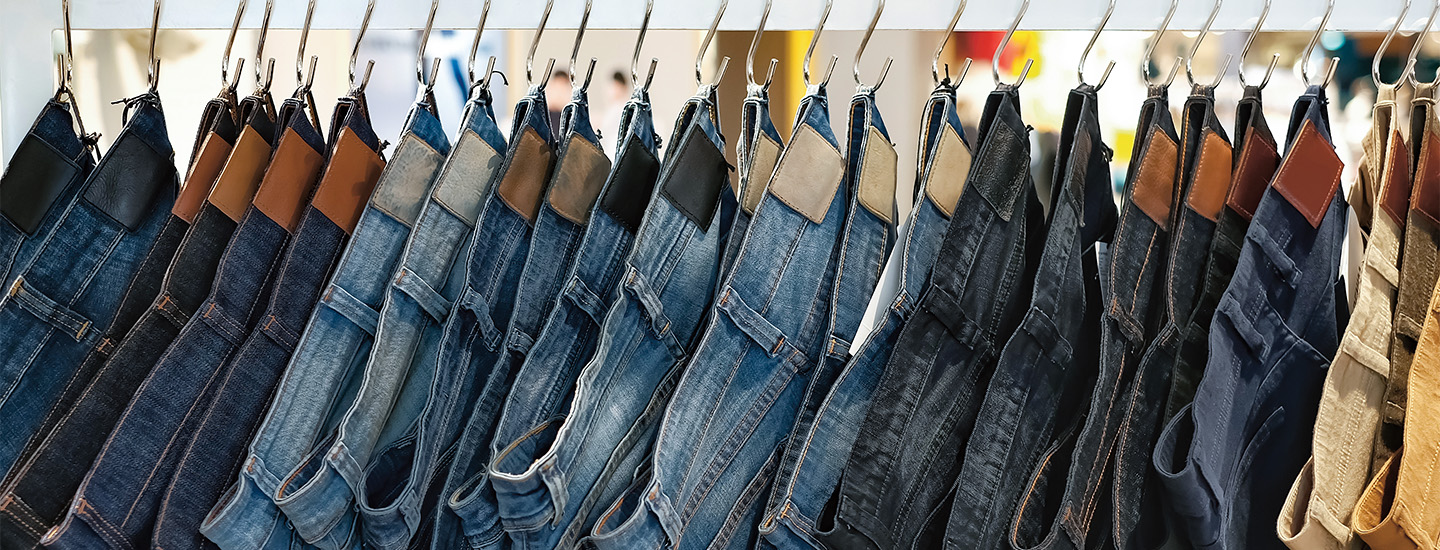Shutterstock.com
It takes up to 2,600 gallons of water to make a single pair of blue jeans.
Whether skinny or baggy, distressed or deep navy, there’s nothing like your favorite jeans. These classic pants are a staple in many people’s wardrobes. But before the explosion of various fits and hues, denim began as a durable workwear garment more than 150 years ago. “It was considered a fabric of labor,” says Emma McClendon. She teaches fashion studies at St. John’s University in New York City.
In 1873, businessman Levi Strauss and tailor Jacob Davis patented the look we know today. Their company, Levi Strauss & Co., introduced the metal rivets, top stitching, and five-pocket configuration—“design features that are so recognizable to us,” says McClendon. By the 1950s, Hollywood’s jean-clad movie stars propelled denim to new heights. “This is when denim starts becoming associated with American identity, pop culture, film, and fashion.”
There’s nothing like your favorite jeans. These pants are in most people’s closets. They can be skinny or baggy, distressed or blue. They come in many fits and colors. But denim began as durable workwear. “It was considered a fabric of labor,” says Emma McClendon. She teaches fashion studies at New York City’s St. John’s University.
Levi Strauss and Jacob Davis first created denim blue jeans in 1873. They named their company Levi Strauss & Co. Their jeans had metal rivets, top stitching, and five pockets. These “design features are still recognizable,” says McClendon. Hollywood’s movie stars made denim even more popular in the 1950s. “This is when denim became associated with American identity, pop culture, film, and fashion.”

